John van Geest Cancer Research Centre
The John van Geest Cancer Research Centre is a unique, purpose-built scientific facility in the East Midlands focusing on cancer research into diagnosis, prognosis, and treatment.
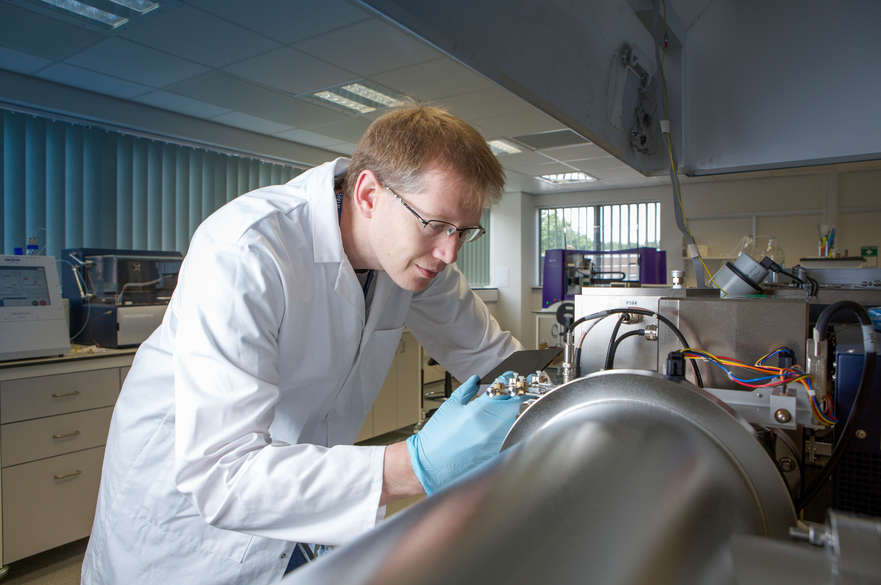
Cracking the cancer code
Our vision is to work collaboratively to improve health and wellbeing through fundamental and translational research into the molecular basis of cancer heterogeneity and tumour-host interactions. We are keen to understand how these pathways can be targeted to yield better outcomes for many patients with cancer (personalised oncology), while also avoiding toxicities in individuals who are unlikely to respond to conventional, non-individualised anti-cancer treatments.
Find out more about the John van Geest Cancer Research Centre.
Our staff and facilities
Our staff have been chosen for their expertise within their field. They are career scientists who will be here for as long as it takes us to crack the cancer code. To aid their research, NTU has provided them with top-of-the-line cancer research facilities and technologies which you can view below.
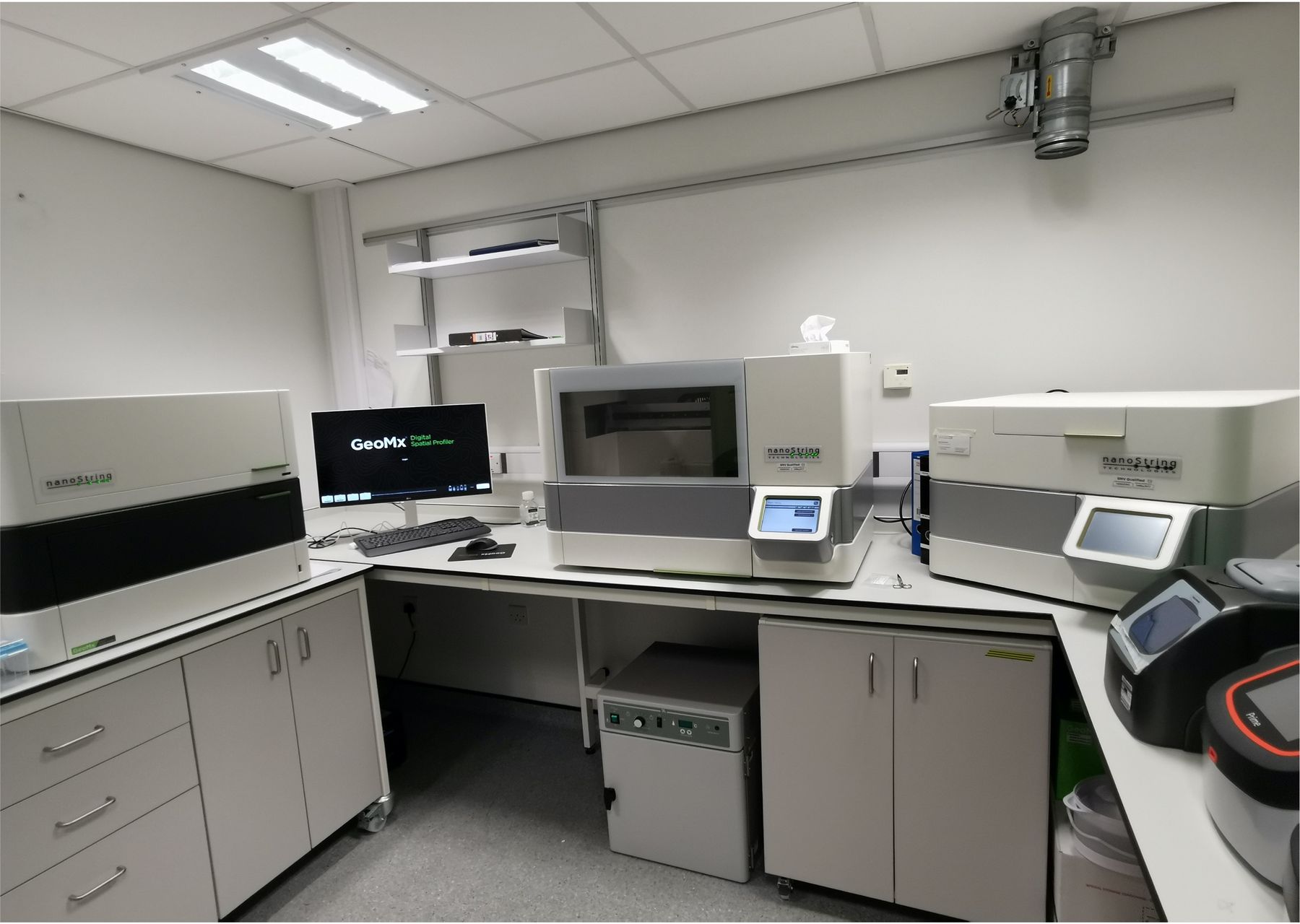
NanoString GeoMx® Digital Spatial Profiler
This Digital Spatial Profiler workflow seamlessly integrates with current histology methods to get robust and reproducible spatial omics data. Researchers can stain for RNA or Protein from FFPE or fresh frozen tissue sections, allowing them to precisely select which tissue compartments or cell types they want to profile, and readout expression levels using either the nCounter Analysis System or an Illumina sequencer.
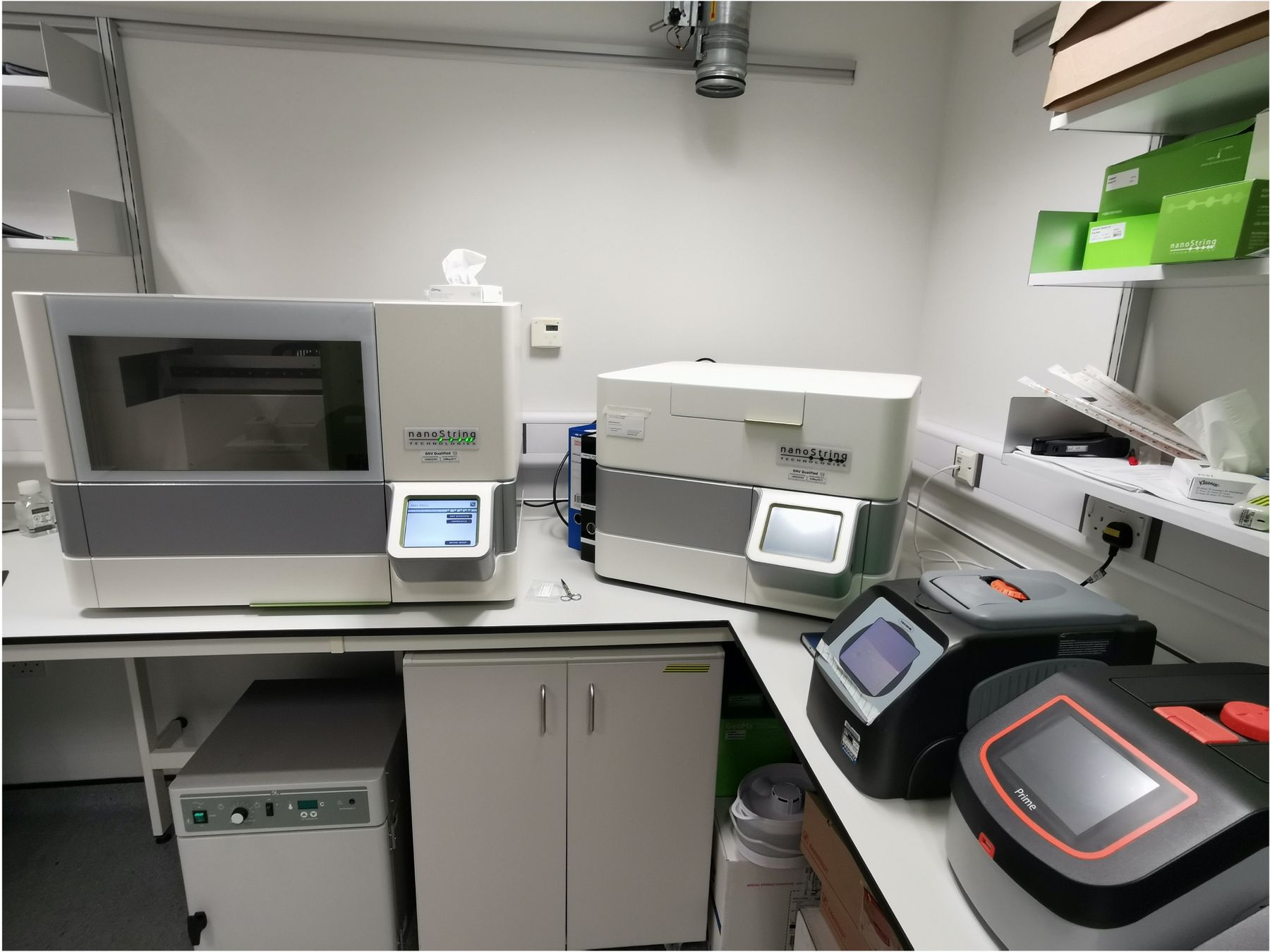
NanoString nCounter® XT
The Nanostring nCounter XT allows researchers to analyse the expression of up to 800 different genes with Nanostring, where they can produce a gene expression report in a matter of a few weeks. Researchers can choose from predesigned gene panels, or they can design their own.
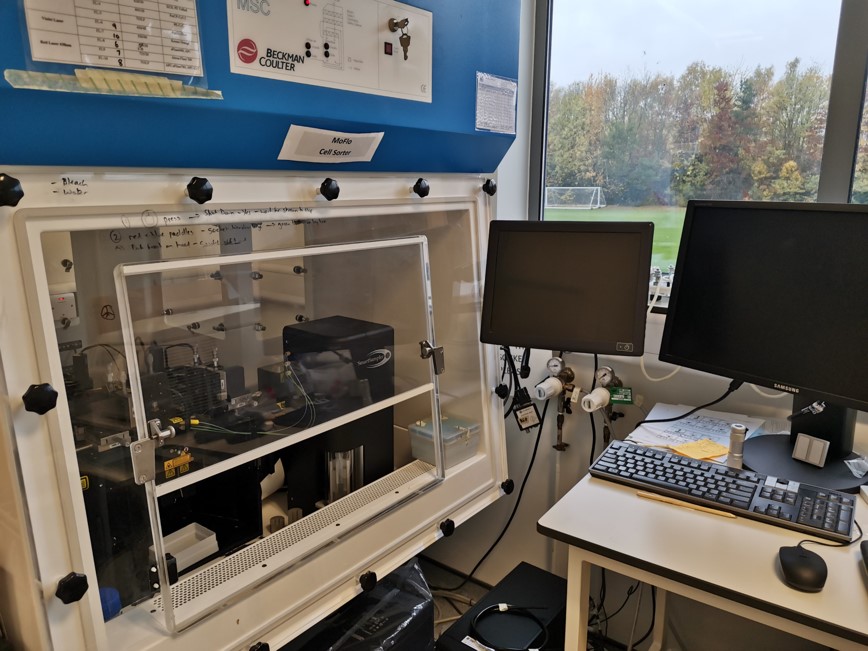
MoFlo XDP Cell Sorter
The MoFlo XDP cell sorter combines high-speed sorting capabilities with an open, flexible design that enables a wide variety of sorting applications. High-speed electronics ensure identification and sort accuracy, and the cell sorter features unmatched linearity and a true dynamic range of five decades. Researchers can also benefit from stable, fluidic design for precise droplet formation during long sorts and beadless drop delay determination and monitoring thanks to IntelliSort II.
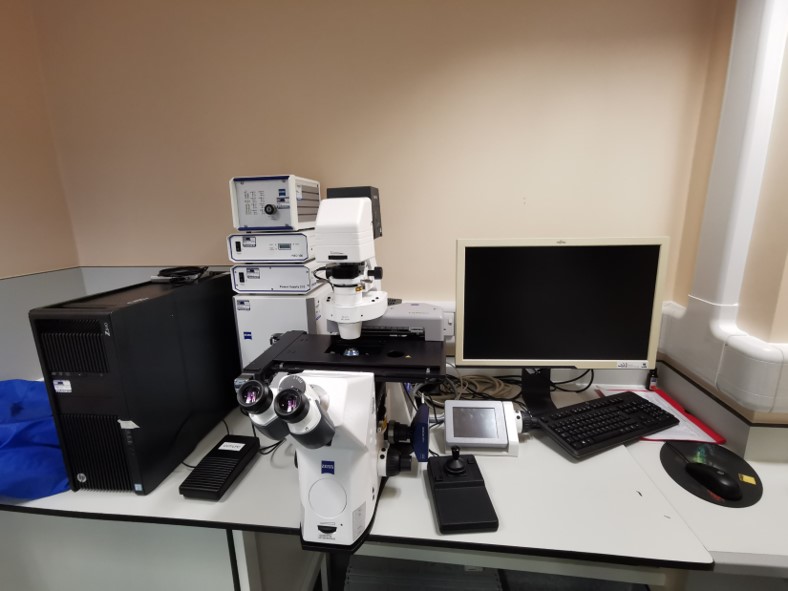
Zeiss PALM MicroBeam Laser Capture Microdissector
The PALM MicroBeam makes isolating uncontaminated source material simple. Precise detection, laser microdissection, and patented laser transport allow researchers to obtain the homogenous analysis material necessary for meaningful, scientific results. Since analysis of gene expression patterns relies on exactly-separated analytical material, unwanted cells may alter results and conceal signals of the relevant cells. The PALM MicroBeam prevents this by allowing researchers to define cells and tissue regions precisely, ensuring results are exact and reproducible.
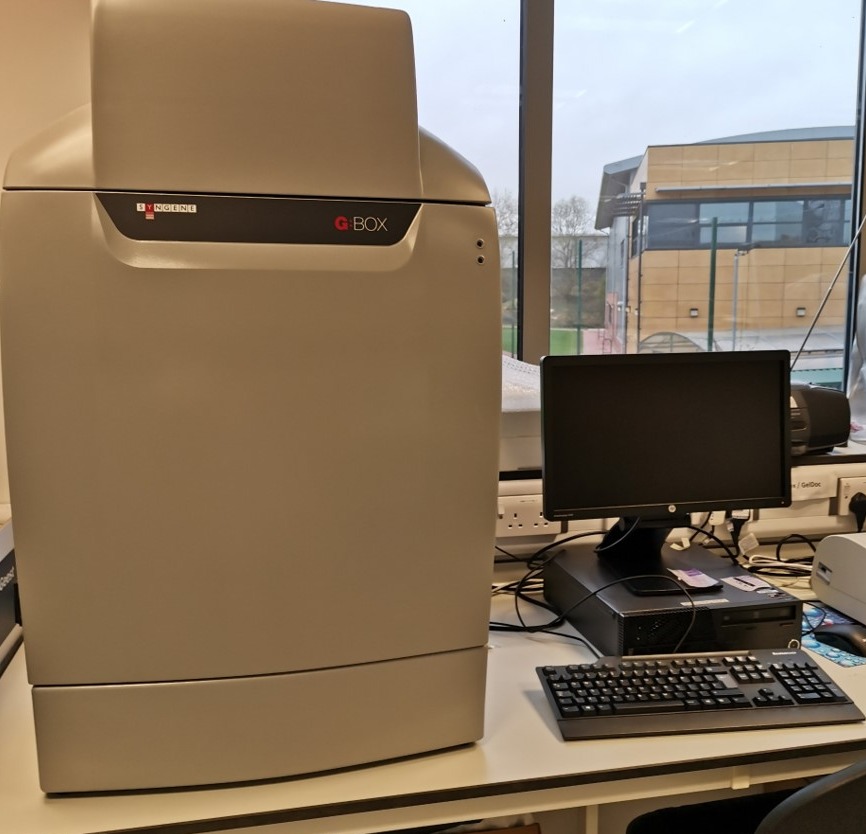
Gel Doc Syngene G:BOX Imager
This entry-level system for imaging fluorescence and visible applications is the ideal solution for any cancer laboratory. Researchers can use their own choice of dyes or stains, and the imager automatically selects the right lighting and filters to detect close bands on both small and large gels. Choosing white light options for Coomassie Blue, UV and blue lighting options, ethidium bromide or SYBR® safe gels, this system is the ultimate solution for gel doc flexibility.
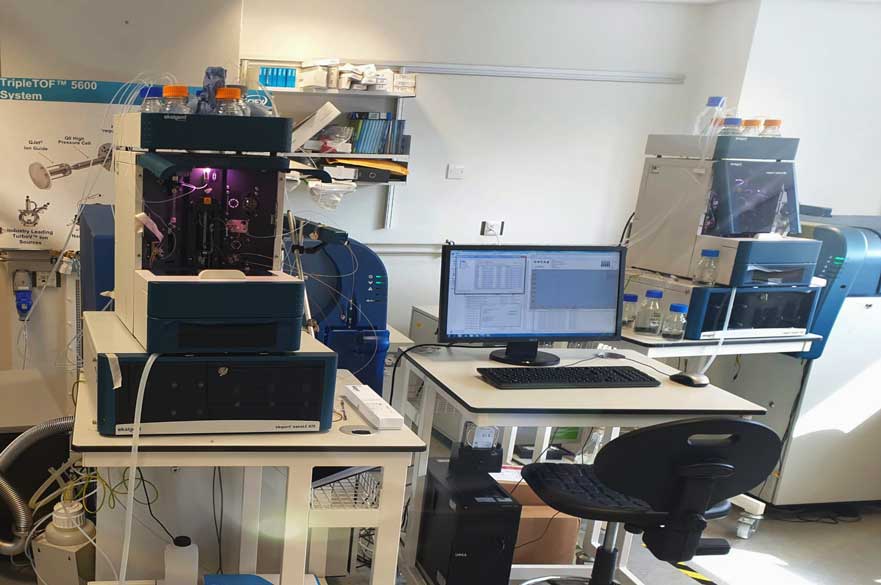
SCIEX TripleTOF Mass Spectrometer
The Centre houses two SCIEX TripleTOF Mass Spectrometers, which are high-resolution, accurate mass spectrometers allowing qualitative exploration, rapid profiling, and high-resolution quantitation workflows on a single platform. Built and optimised for large-scale quantitative mass spectrometry, these systems offer sensitive and robust quantitation using dedicated low-flow source technology. The instruments are the primary proteomics platforms used at the Centre in combination with various commercial software packages for data analysis (including Protein Pilot, OneOmics, and PEAKS Studio Xpro) in combination with other open source software.
Bio-Rad Bio-Plex Multiplex Immunoassay System
This system quantifies over 500 different proteins and peptide targets simultaneously in a single 12.5 µl sample using the Bio-Plex Multiplex System, powered by Luminex xMAP technology. The Bio-Plex System offers high-performance readers, industry-leading software, and sensitive assays in ready-to-use or custom configurations, enabling researchers to obtain high-quality data from limited samples.
Agilent xCelligence Real-Time Cell Analysis
Our Agilent xCelligence Real-Time Cell Analysis is dual-purpose, looking both at cell invasion and migration. Agilent produces a number of cell analysis instruments designed to give life science researchers and drug discovery research scientists better insights into cellular function. The Agilent cell analysis portfolio covers many measurement modalities, including energy metabolism, real-time cell viability, contractility, movement (impedance), and flow cytometry.
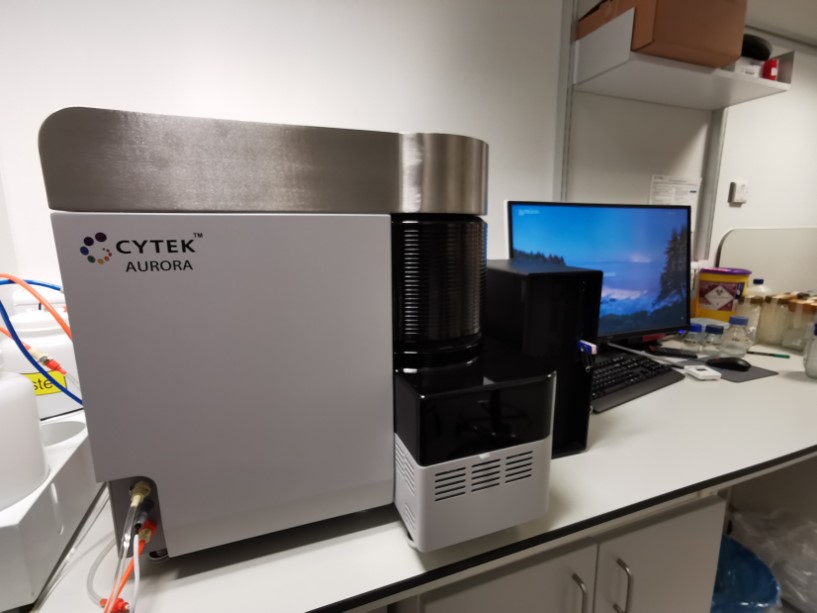
Cytek® Aurora Spectral Flow Cytometer
The Cytek Aurora leverages full spectrum technology to provide unprecedented flexibility to scientists, enabling the use of a wide array of new fluorochrome combinations without reconfiguring the system for each application. The Aurora system delivers high-resolution data at the single-cell level to resolve the most challenging cell populations, such as cells with high autofluorescence or low levels of expression of key biomarkers, regardless of assay complexity.
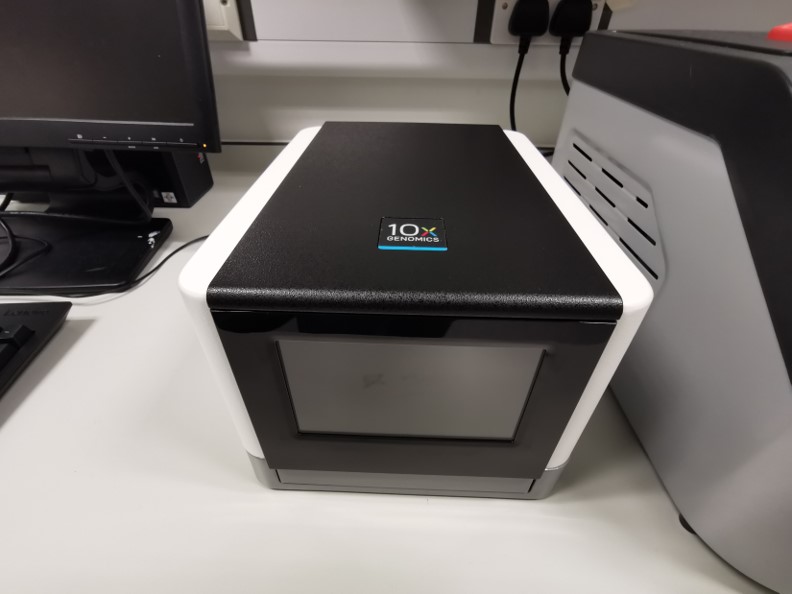
Chromium 10X Genomics
The 10X Genomics technology generates individually barcoded sequencing libraries for hundreds of thousands of nanoliter volume oil droplets using up to 1.7 million different barcodes. Allowing individual long DNA molecules 10X Genomics Chromium linked-reads principle.
Address, contact, and location
Address: John van Geest Research Centre, School of Science and Technology, Nottingham Trent University, Clifton Lane, Nottingham NG11 8NS
Telephone: +44 (0)115 848 6342
Email: vangeest@ntu.ac.uk